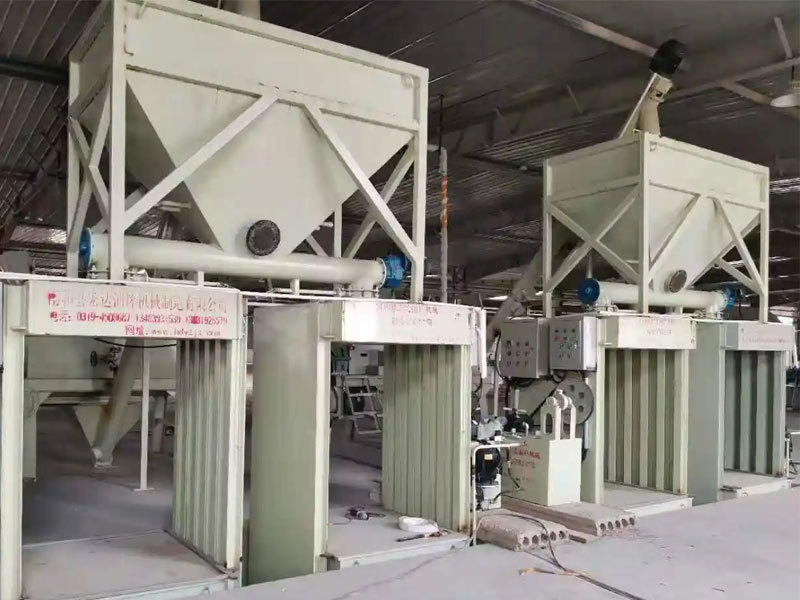Introducing Biodiesel: An Overview and Refining Methods
Published Time:
2025-03-17
Biodiesel is a renewable diesel fuel produced from vegetable oils (such as rapeseed oil, soybean oil, palm oil), animal fats (such as fish oil, lard), or waste fats and oils through transesterification or thermochemical processes. Its main component is fatty acid methyl esters (FAME) or fatty acid ethyl esters.

I. Introduction to Biodiesel
Definition and Composition
Biodiesel is a renewable diesel fuel produced from vegetable oils (such as rapeseed oil, soybean oil, palm oil), animal fats (such as fish oil, lard), or waste fats and oils through transesterification or thermochemical processes. Its main component is fatty acid methyl esters (FAME) or fatty acid ethyl esters.
Core Characteristics
Environmental Protection: Reduces hydrocarbon emissions by 55%~60%, particulate matter by 20%~50%, and sulfur oxides by 30%~70% after combustion, and is highly biodegradable;
Renewability: Raw materials come from animal and plant oils or microorganisms, enabling sustainable production;
Compatibility: Can directly replace traditional diesel or be used in blends with petroleum diesel without engine modifications.
II. Refining Methods
Transesterification Method
Principle: Oils and fats react with methanol/ethanol in the presence of a catalyst (acid, base, or enzyme) to undergo a transesterification reaction, producing biodiesel and glycerol;
Steps: Pretreatment (dehydration, deacidification) → Transesterification reaction (temperature 50-80℃, catalyst addition) → Glycerol separation → Purification;
Advantages: Mature technology, low cost, suitable for large-scale production.
Bioenzyme Method
Technology: Uses immobilized lipase to catalyze the transesterification reaction. Reaction conditions are mild (30℃), conversion rate reaches 95%, and the enzyme can be reused for more than 100 days;
Application: Suitable for waste oils and fats with high acid values, reducing catalyst pollution.
Engineering Microalgae Method
Raw Materials: Oil production through the cultivation of engineered microalgae (such as bagasse), with 1 ton of bagasse energy equivalent to 1 barrel of oil;
Process: Microalgae cultivation → Oil extraction → Esterification reaction → Refined biodiesel.
Physical Refining and Pyrolysis
Physical Refining: Pretreatment of oil (removal of phospholipids, gums) → Steam deacidification → Catalytic cracking to produce diesel;
Pyrolysis: Decomposition of oils and fats into short-chain hydrocarbons at high temperatures, producing a product similar to petroleum diesel.
III. Applications and Trends
Application Areas
Transportation Fuel: Replacing diesel for vehicles, aviation (bio-aviation fuel);
Industrial Energy: Power generation, boiler fuel.
Development Prospects
China has included biodiesel in its carbon emission reduction pilot program, promoting its inclusion in the national Certified Voluntary Emission Reduction (CCER) mechanism;
International market demand is growing, with biodiesel accounting for over 7% of transportation fuel in Europe.
Keywords:
Next
Previous Page:
Next Page:
Share to




